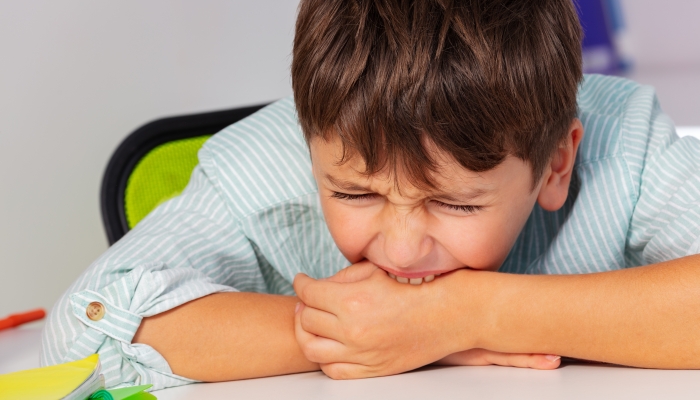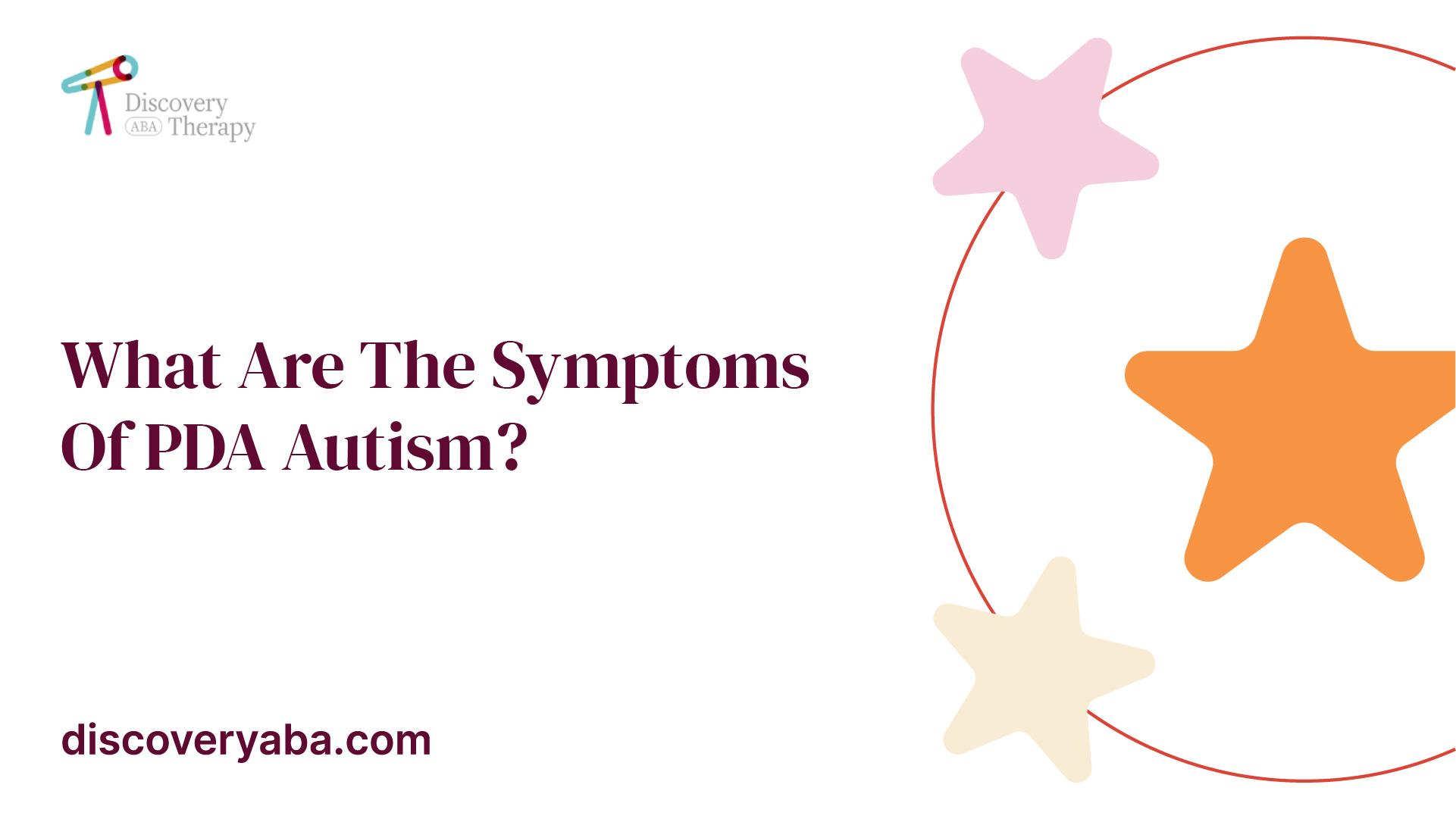What makes an effective Autism Behavioral Therapy method
What makes an effective Autism Behavioral Therapy method
Blog Article
Comprehending the Effect of Behavioral Autism on Daily Life and Social Communications
You might not understand exactly how deeply behavioral autism influences day-to-day live and social interactions. People on the range typically browse a world filled with communication difficulties and sensory overload. These obstacles can lead to aggravation and seclusion, impacting their partnerships and total well-being. Recognizing these nuances is necessary for fostering helpful settings. What methods can we apply to develop more meaningful links and comprehensive rooms? The responses might surprise you.
Defining Behavior Autism and Its Features
Behavioral autism, frequently described as autism spectrum disorder (ASD), encompasses a range of problems identified by challenges in social interaction, interaction, and repeated actions. You may notice that people with ASD commonly struggle to interpret social signs, which can lead to misunderstandings in conversations. They might discover it difficult to develop eye contact or participate in tiny talk, making social circumstances really feel overwhelming.
Interaction troubles can manifest in various means, from delayed speech advancement to a choice for making use of fewer words. Repeated actions, such as hand-flapping or rocking, can function as coping systems to take care of tension or sensory overload. These attributes can profoundly affect every day life, making it crucial for you to recognize and support those with ASD. By recognizing these traits, you can promote an atmosphere that advertises approval and urges effective interaction, aiding individuals with autism flourish in their daily interactions.
The Range of Autism: Understanding Variability in Behavior
Autism range problem (ASD) isn't a one-size-fits-all diagnosis; it differs commonly amongst individuals. You could notice that some individuals with ASD exhibit mild signs, while others may deal with a lot more substantial difficulties. This variability can manifest in actions, rate of interests, and sensory sensitivities. You might encounter people that are extremely verbal and engage quickly in discussions, while others could favor solitary tasks or interact non-verbally.
In addition, the way individuals with ASD react to sensory input can differ considerably; some might be overwhelmed by loud noises or intense lights, whereas others grow in stimulating settings. The spectrum likewise includes differences in social communications; some individuals may battle to analyze social cues, while others browse social setups with loved one convenience. Comprehending this variability is important, as it helps you appreciate each person's one-of-a-kind experience and tailor support to their particular needs, promoting a much more inclusive atmosphere for every person.
Interaction Challenges Encountered by People With Autism
When you engage with people on the autism spectrum, you may discover their distinct communication difficulties. They frequently deal with troubles with both spoken and nonverbal hints, which can impact their social communications. Comprehending these obstacles is important for fostering better connections and assistance.

Verbal Interaction Troubles
Many people on the autism spectrum experience verbal interaction difficulties that can substantially impact their day-to-day interactions. Your tone, pace, or volume could not straighten with social expectations, causing others to misinterpret your purposes. Acknowledging these obstacles can aid you and your assistance network establish strategies to enhance communication and cultivate much better links with others in your everyday life.
Nonverbal Interaction Barriers
Verbal interaction isn't the only obstacle people on the autism spectrum face; nonverbal interaction obstacles can be just as considerable. These challenges can lead to misunderstandings or misconceptions of social cues, making interactions really feel complicated or overwhelming. By resolving nonverbal interaction, you can locate methods to boost your social experiences and boost your general top quality of life.
Social Interaction Effects
Social interactions can usually really feel frustrating due to the unique communication challenges faced by individuals with autism. Recognizing these challenges can aid you find strategies to enhance interaction, such as practicing social skills in risk-free setups or making use of aesthetic help. Understanding your demands permits you to browse social interactions with higher confidence and simplicity.
Social Communication and Partnership Structure in Autism
While building connections can be testing for individuals with autism, understanding their unique perspectives and communication styles can foster purposeful links. You may observe that lots of people on the spectrum prefer straight interaction and might fight with social signs or tiny talk. By being straightforward in your interactions, you can help create an environment where they really feel comfortable.
Engaging in shared passions can likewise serve as a bridge to deeper links. Whether it's a pastime, a preferred show, or a shared enthusiasm, these common strings can open up doors to relationship.
Life Regimen: Browsing Challenges and Strategies
Navigating day-to-day life regimens can be particularly challenging for individuals with autism, especially when unforeseen adjustments occur. To navigate these challenges, consider carrying out visual schedules or lists.
Establishing a regimen that includes sensory breaks can additionally be valuable. This helps develop an understanding setting.
Last but not least, technique mindfulness techniques to take care of stress and anxiety and stress and anxiety. Simple breathing workouts or grounding methods can make a significant difference. By including these approaches, you can enhance your day-to-day routine and minimize disruptions, making life really feel more manageable.
Toughness and Abilities of People on the Autism Range
Recognizing every day life routines is simply one facet of the autism experience. Several people on the autism spectrum possess amazing toughness and capacities that establish them apart. You might find that your focus to detail is extraordinary, permitting you to master tasks that need precision and focus. Your capability to believe outside package can cause ingenious remedies in numerous scenarios.
Moreover, your memory abilities often radiate, especially in areas of interest. Autism my company Spectrum Therapies. This propensity for keeping info can make you a valuable source in fields like innovation, art, or scientific research. You might additionally display solid aesthetic thinking, enabling you to visualize complex principles and resolve problems artistically
Furthermore, your distinct perspective on the world can cultivate compassion and try this out understanding in others, enriching social interactions. Accepting these toughness not only enhances your self-confidence but likewise assists others appreciate the diverse talents you bring to the table.
Developing Comprehensive Environments for Individuals With Autism
Creating inclusive settings for individuals with autism begins with designing sensory-friendly spaces that deal with their unique demands. You can likewise cultivate chances for social communication, assisting to build friendships and connections. By making these modifications, you'll add to a much more inviting environment for everybody.
Creating Sensory-Friendly Spaces
While creating sensory-friendly areas, it's essential to reflect on the one-of-a-kind needs of people with autism. Incorporate peaceful areas where individuals can pull back and reenergize when bewildered. Consist of aesthetic routines or clear signs to help people browse the space with confidence.
Advertising Social Communication Opportunities
Creating sensory-friendly rooms not just addresses individual comfort yet likewise establishes the stage for significant social communications amongst individuals with autism. Urge peer mentoring, pairing individuals with autism with helpful peers who can guide them through social circumstances. By carrying out these approaches, you can boost social opportunities, assisting individuals with autism develop relationships and strengthen their social abilities in a safe, welcoming environment.

Frequently Asked Questions
How Can Buddies Assistance Somebody With Behavioral Autism?
You can sustain a pal with behavioral autism by holding your horses, paying attention proactively, and respecting their limits. Involve in tasks they take pleasure in, communicate honestly, and produce a comfortable setting where they feel valued and comprehended.
What Resources Are Available for Parents of Children With Autism?
You can discover different sources for parents of children with autism, including support system, instructional websites, and regional area services. Getting in touch with various other parents can likewise give beneficial understandings and shared experiences to aid browse difficulties.
Can Behavioral Autism Modification With Time?

Yes, behavioral autism can change in time. You might observe changes in communication, social abilities, and habits as your child grows. Early treatment and support commonly play essential duties in these developmental changes.
Just How Do Sensory Sensitivities Impact Every Day Life?
Sensory sensitivities can make everyday experiences overwhelming. You might battle with loud sounds or brilliant lights, leading to stress or evasion. Discovering atmospheres that get more suit your demands can greatly enhance your comfort and overall every day life.
What Are Typical Misconceptions About Behavioral Autism?
You might believe behavior autism just influences interaction skills, but it's more complex. Several assume individuals lack compassion or knowledge, which isn't true. Recognizing these misconceptions helps foster acceptance and support for those on the range.
Behavior autism, typically referred to as autism range problem (ASD), incorporates an array of problems identified by difficulties in social communication, communication, and repetitive behaviors.Social interactions can often really feel overwhelming due to the special communication challenges encountered by individuals with autism.Designing sensory-friendly spaces not only addresses specific comfort yet also sets the stage for meaningful social communications amongst people with autism. Motivate peer mentoring, pairing people with autism with supportive peers who can direct them through social situations. By applying these approaches, you can enhance social chances, aiding individuals with autism develop friendships and strengthen their social abilities in a risk-free, inviting setting.
Report this page